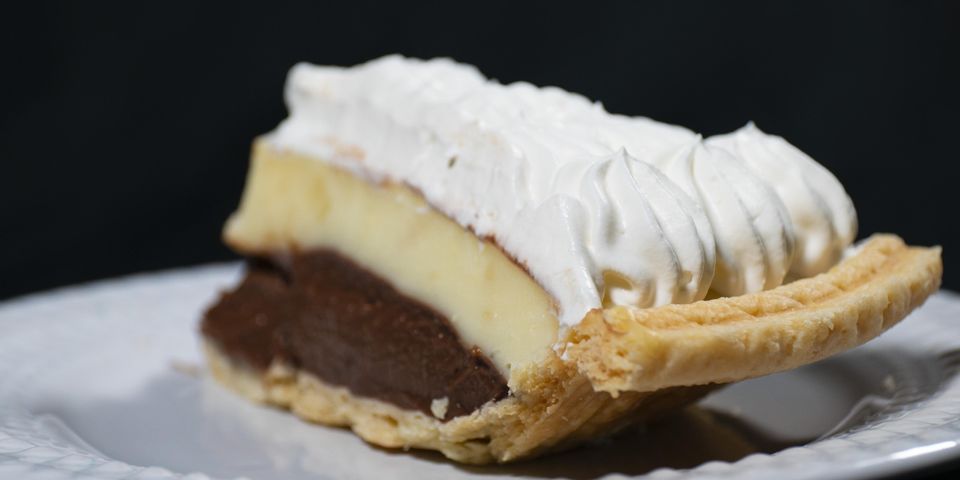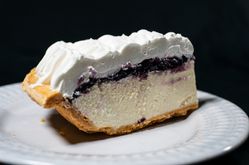
From family meals to office holiday parties, pies typically have a prominent place on the dessert table at numerous gatherings. The ubiquitous baked good can feature an assortment of sweet or savory fillings, which adds to the universal appeal. The next time you order a slice, share these lesser-known facts about the history of pie with your dining companions.
Romans Used the Crust as a Bowl
Although many people like the flaky, buttery crust just as much as the gooey filling, it wasn’t originally supposed to be eaten. Pie originated in Ancient Egypt, dating back to 2000 B.C. When it was introduced to Rome around 100 B.C., Romans used the crust as a vessel to hold the filling.
Meat Was Popular Before Fruit
Pie began appearing on dinner tables in England during the 12th century. It often featured fowl or other meats encased in a thick, doughy crust. It was also eaten on ships, with the hearty pastry used as a container to keep the meat filling fresh longer at sea.
Fruit fillings became popular in the 1500s, with the first cherry pie supposedly served to Queen Elizabeth I.
Settlers Brought Pie to America
 As with many foods, pie was brought to North America through English migration. As settlers moved to different areas, regional modifications were made to the dessert.
As with many foods, pie was brought to North America through English migration. As settlers moved to different areas, regional modifications were made to the dessert.
For example, settlers in New England colonies favored pumpkin, as they were taught by Native Americans to extract maple from trees. With an abundance of blueberries in Maine, the fruit became a popular filling. The limes found in Florida made key lime a staple in the tropical setting.
To get your pie fix, visit Ted’s Bakery in Haleiwa, HI. In addition to mouthwatering pastries, the bakery also has a selection of savory fare and plate lunches. The baked goods are also sold at vendors on Kauai, Maui, and the Big Island. To ask about the selection, call (808) 638-8207, and view photos of the sweet creations on the restaurant’s website and Facebook page.
About the Business


